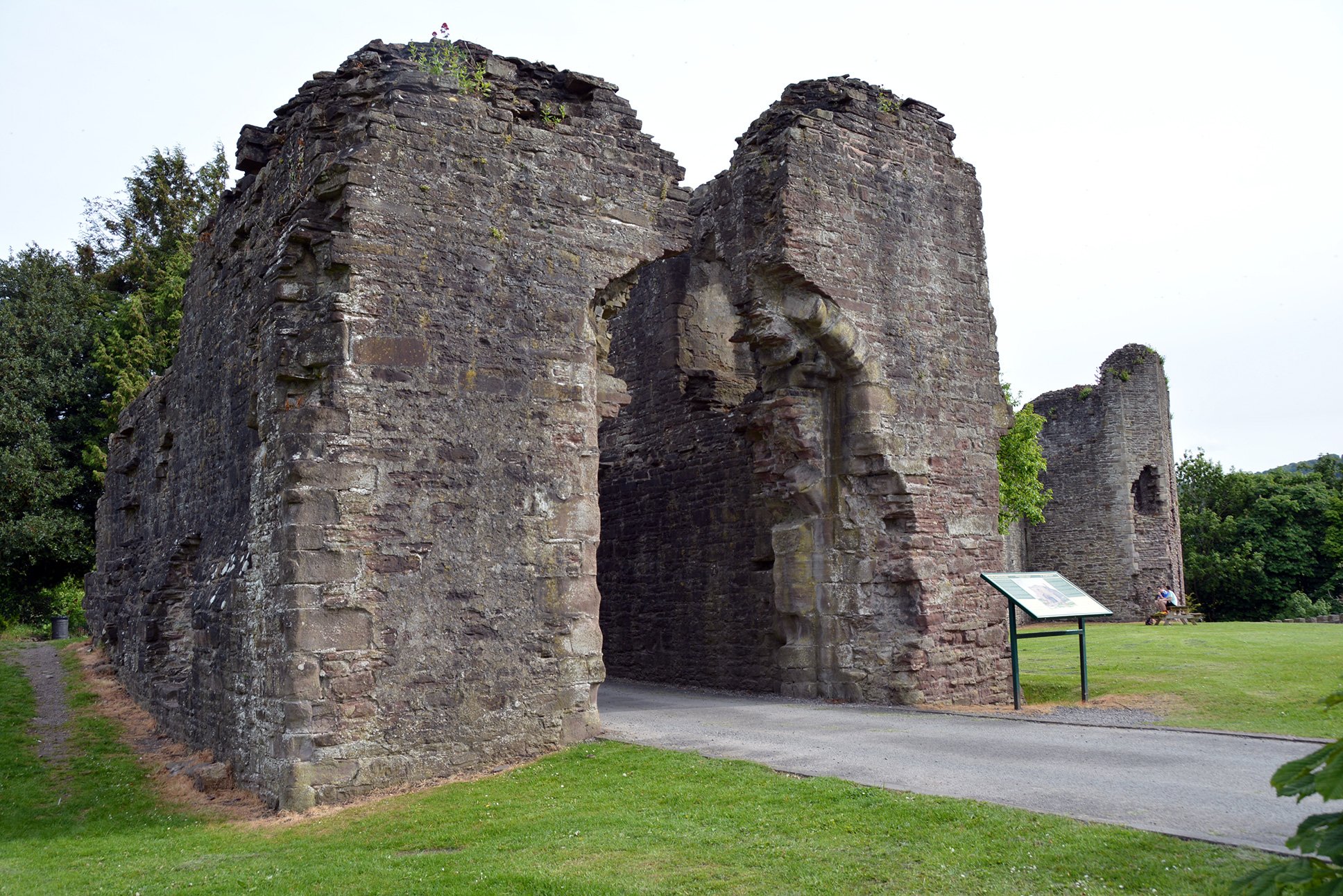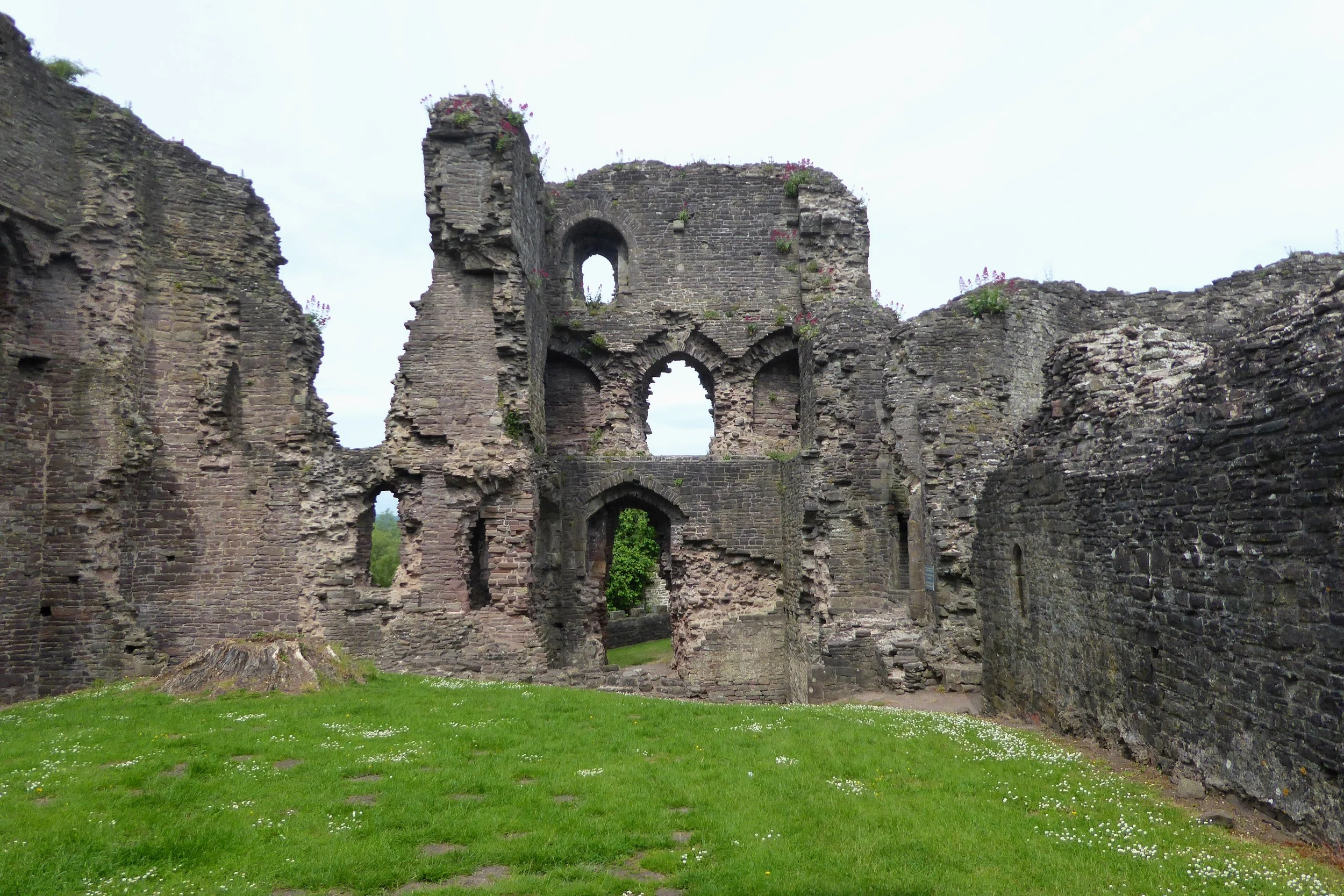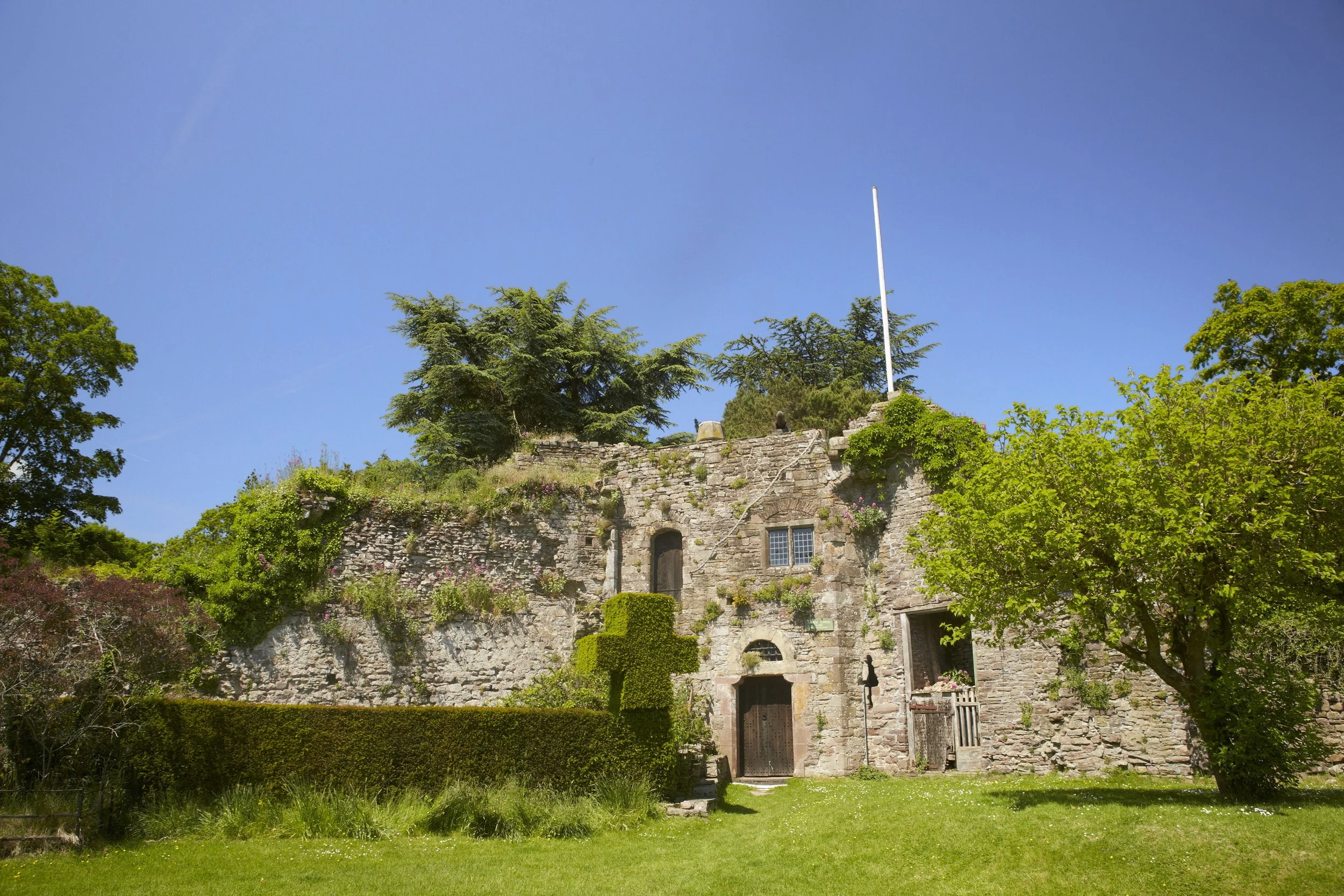Abergavenny Castle | Visit Welsh Castles
Hello Castle Crawlers, welcome to the first castle blog! It’s about Abergavenny Castle, a ruined Norman fortress in Monmouthshire, South Wales. Let’s get to it!
It was first built in 1087 by the Norman lord Hamelin de Balun to secure the borderlands after the Norman conquest of England. Right above the River Usk, the castle played a strategic role in controlling movement through the valley and maintaining power over the local Welsh population.
Only mere fragments of its former defences remain. But its long history of conflict, rebellion, and rebuilding reflects the complex relationship between the Normans and the native Welsh during the medieval period. The castle grounds now house a museum and offer views across the castle and the surrounding hills.
Quick Facts
Date of construction: Around 1087
Location: Abergavenny, Monmouthshire, South Wales
Who built it: Hamelin de Balun, a Norman baron
Key purpose: Military stronghold to control the Welsh Marches
A Brief History
The castle was built shortly after the Norman conquest. Hamelin de Balun, one of William the Conqueror’s supporters, chose the site for its vantage point over the River Usk. At first, it was a simple motte-and-bailey fort made of timber.
In the 12th century, stone defences replaced the wooden ones. Control passed to the de Braose family, who were known for their harsh rule. In 1175, a notorious event took place here. William de Braose invited local Welsh leaders to a feast at the castle and had them killed. This became known as the Abergavenny Massacre.
The castle changed hands many times during the medieval period. It suffered damage during attacks by Welsh forces, including those led by Owain Glyndŵr in the early 15th century. Although it was repaired, its military role declined over time.
By the 17th century, the castle was no longer in use. During the English Civil War, Royalist forces slighted it, meaning they deliberately damaged it to prevent its reuse. In the 19th century, parts of the site were turned into a public park. A hunting lodge was built in the ruins and now houses the Abergavenny Museum.
Features and Layout
The castle was originally built as a motte-and-bailey design. This means it had a raised mound (the motte) with a wooden tower on top, and a lower enclosed area (the bailey) surrounded by a ditch and fence. Over time, stone replaced the timber.
The most prominent feature today is the ruined stone keep on the motte. It once held the lord’s private quarters and served as the last line of defence. Some curtain walls still stand, giving a sense of how the castle enclosed its inner grounds.
You can still see parts of the gatehouse foundations. These would have controlled access to the site. Arrow slits and traces of defensive towers remain in the walls. The structure was never especially large, but it was heavily fortified for its time.
In the 19th century, a small hunting lodge was built on the grounds. This later became the museum. Today, you can walk along the stone remains and explore the open green space where the bailey once stood.
Images




Legends and Stories
The most well-known story tied to the castle is the 1175 massacre. William de Braose invited a group of Welsh leaders from the neighbouring kingdom of Brycheiniog to a Christmas feast. Once inside the castle walls, they were murdered. De Braose claimed it was revenge for the killing of his uncle, but the act was seen as a betrayal of hospitality. The event caused lasting resentment and distrust.
Locals sometimes refer to this event as “the Bloodiest Christmas,” and it remains one of the darkest episodes in the history of the Welsh Marches. Some say the castle is haunted by those who died in the massacre, though reports of paranormal activity are rare.
There are also tales of hidden tunnels under the grounds, possibly linking the castle to nearby buildings. These have never been confirmed by archaeology, but the rumour persists.
Visiting the Castle
Opening times
The castle grounds are open daily from dawn until dusk. The castle Museum, located on the site, is usually open Tuesday to Saturday, 11:00–16:00. Check the museum’s website for seasonal changes.
Ticket prices
Entry to the castle grounds is free. The museum is also free to enter.
Directions and transport
The castle is in the centre of Abergavenny, just off Castle Street. If you're arriving by train, it’s a 10–15 minute walk from Abergavenny railway station. Bus services also run from nearby towns.
Car parking
There is a public car park next to the castle. Charges apply, and spaces may be limited during peak times.
Accessibility
The museum has level access and some ramps. The castle grounds include grass, uneven paths, and some steep slopes. Wheelchair users may need assistance in certain areas.
Facilities
There are toilets inside the museum. The town centre, just a few minutes away, offers cafés, shops, and places to eat.
Dog policy
Dogs are allowed on the castle grounds if kept on a lead. They are not allowed inside the museum building.
Nearby Attractions
While you're in Abergavenny, there are several other places worth visiting:
Sugar Loaf Mountain
This hill is popular for walking and offers clear views across the Brecon Beacons. You can access trails from just outside the town. It's about a 10-minute drive from the castle.
St Mary's Priory Church
Located in the town centre, this 11th-century church has a large collection of medieval monuments. It’s often called the “Westminster Abbey of Wales” because of its historic effigies.
Abergavenny Market
Held several days a week, the market offers local food, crafts, and antiques. The market hall is a short walk from the castle.
Blaenavon Ironworks
A UNESCO World Heritage Site, this well-preserved industrial site is a 25-minute drive away. It tells the story of Wales during the Industrial Revolution.
White Castle
This Norman fortress sits about six miles from Abergavenny. It's quieter than other sites and has large earthworks and intact towers.
Visitor Tips
Wear sturdy footwear. The castle site includes grass, steps, and uneven ground.
Bring a raincoat. The area is often wet, and the ruins are fully outdoors.
Avoid peak weekends. It’s quieter midweek, especially in the morning.
Check museum times before visiting. They vary by season.
Picnic in the grounds. There are benches and open space near the ruins.
Watch young children. Some parts have steep drops and no barriers.
Dogs must stay on a lead. Keep them close, especially near the ruins.
Use the town centre. Shops, cafés, and public toilets are just a few minutes away.
FAQs
-
Yes. Entry to the castle grounds and museum is free.
-
Yes, dogs are welcome on the grounds if kept on a lead. They are not allowed inside the museum.
-
Yes. A public car park is located next to the castle. Charges apply.
-
About 45 minutes to one hour is enough for most visitors. You may want more time if visiting the museum.
-
Some areas are accessible, but paths are uneven and steep in places. The museum is more accessible than the ruins.
-
Usually Tuesday to Saturday, 11:00–16:00. Check ahead for updates.
Wrapping it Up
The castle offers a glimpse into Norman rule in Wales. Though much of it lies in ruins, the site still reflects its long and often violent history. The museum adds context, and the surrounding parkland makes it an easy stop for visitors of all ages.
If you're planning a trip to the Welsh Marches or nearby Brecon Beacons, it’s a practical and worthwhile place to explore.
Sources
https://www.visitmonmouthshire.com/things-to-do/abergavenny-museum-and-castle-p1502571
https://www.breconbeacons.org/discover/easier-access/attractions/abergavenny-castle-museum
https://whichmuseum.com/museum/abergavenny-museum-4653/opening-hours
https://www.visitwales.com/attraction/museum/abergavenny-castle-and-museum-571398


























Cardiff Castle is a medieval and Victorian-era site in the centre of Cardiff, the capital of Wales.